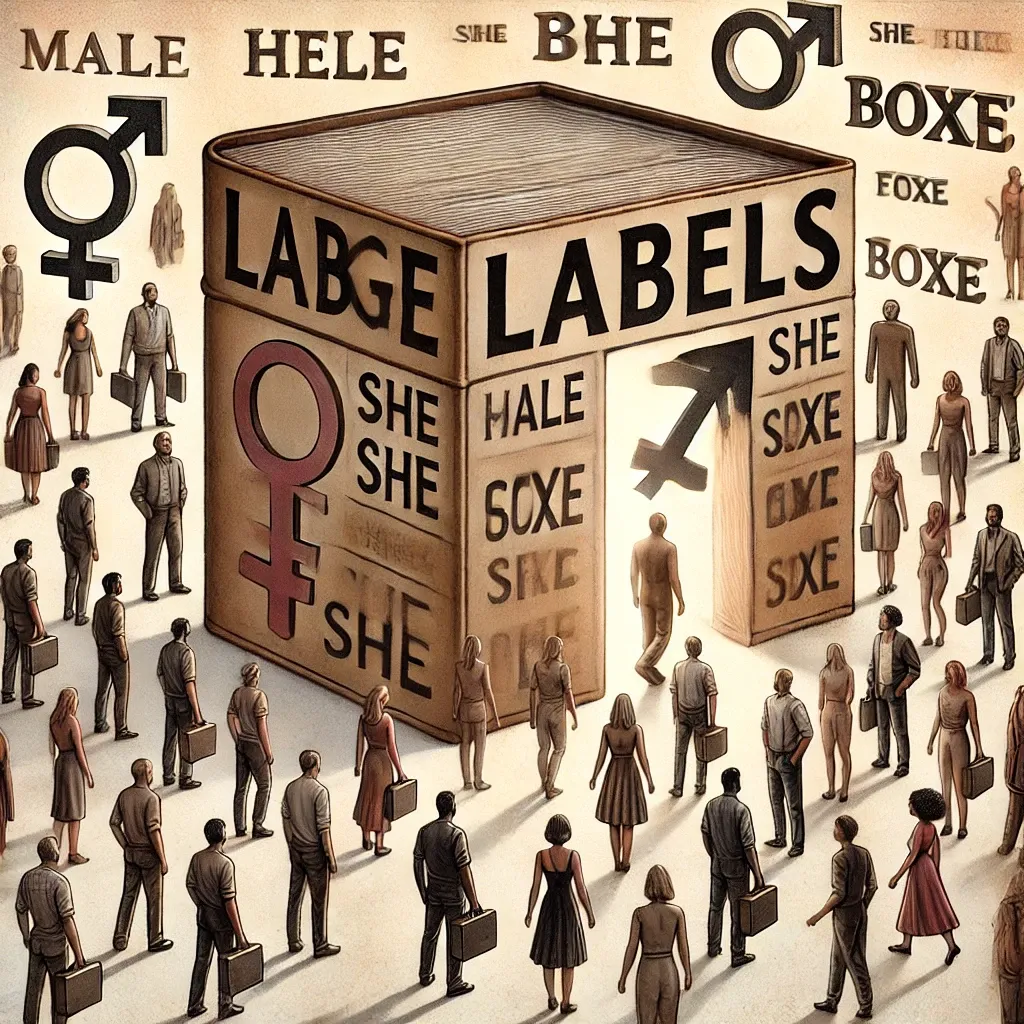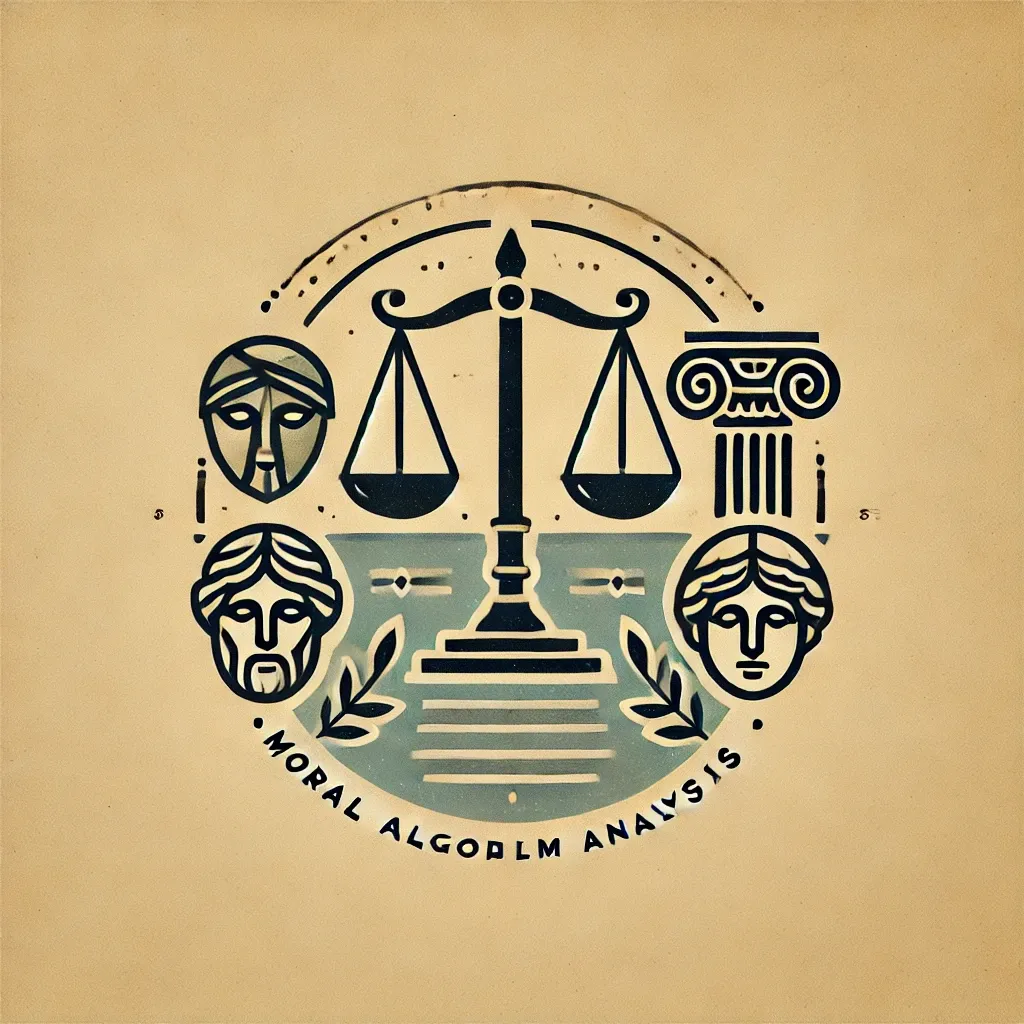How Language and Labels Are Used to Control Society

Throughout history, those in power have created labels and boxes to categorize people. These categories often divide people, making it easier for those in control to maintain their power. This pattern can be seen clearly in today’s debates around gender, identity, and language.
The Issue with Gender Labels
For a long time, people were taught that there are only two genders: male and female. In simple biological terms, many believe this is based on chromosomes—XX for females and XY for males. But, as science has shown, this view is incomplete. Biology is more complex. There are natural variations, such as XXY and X0, that do not fit neatly into the male/female categories. This shows that even biology is not strictly binary.
When we look at language, we see similar patterns. English, for example, has generally used gendered pronouns like "he" and "she." But people have recently started using "they" as a gender-neutral pronoun. This shift challenges the idea that everyone must fit into a strict gender box. Other languages, like Finnish, Turkish, and Hungarian, have long used gender-neutral pronouns as the norm. For example:
- Finnish uses “hän” for both "he" and "she."
- Turkish uses “o” in a similar way.
- Hungarian uses “ő” to refer to any person, regardless of gender.
This shows that not all cultures feel the need to divide people by gender in language. For them, it is natural to use words that do not specify gender.
Why the Fight Over Language?
The push for gender-neutral language in English has led to a backlash. Some people, especially in conservative groups, label this shift as "wokeism." They argue that new terms like "they/them" for a single person go against tradition or confuse people. But why does this topic create such strong reactions?
The answer is control. When people can be easily labeled or put into categories, they are easier to manage. Labels create clear boxes, and these boxes create predictable roles in society. When people step out of these roles or refuse labels, they become harder to influence or control.
Language plays a big role in this control. By deciding what words are used and accepted, people in power influence how we view each other. If society accepts only two genders, for instance, anyone who does not fit is considered an outsider. By expanding our language to include non-binary identities, society becomes more inclusive, but it also makes people harder to categorize neatly.
Examples of Control Through Language
Looking back, we see that controlling language has long been a tool of power:
- Race and Class: Historically, terms for different races or social classes have been used to keep certain groups at a disadvantage. Language often sets boundaries on who is included and who is excluded in society.
- Work and Gender Roles: In the past, terms like “man’s work” and “woman’s work” defined what roles people were expected to take on based on their gender. By controlling language, society controlled who did what job and who had which rights.
- Identity and Language: Terms like “immigrant” versus “expat” can show how language changes based on power. Both words mean a person living in a new country, but they can have very different social meanings. This shows how language is shaped to benefit certain groups.
The same idea applies to today’s debates around gender language. Those who oppose new gender-neutral terms may be reacting out of fear—fear of a world where traditional roles and boxes don’t define people. When labels are no longer clear, it becomes harder for those in power to predict or influence how people will act.
Why Challenging Labels Matters
Expanding our language to include diverse identities empowers individuals. People can define themselves instead of being defined by others. But this also threatens people who prefer the old ways of control. If people can choose how to identify, they have more freedom and agency. Those who benefit from the current social order may see this as a loss of control.
So, the resistance to non-binary language is not really about “protecting tradition.” It’s about protecting the system of control built around labels and boxes. This isn’t unique to gender—it’s a pattern that repeats in many divisive social issues. Power structures rely on set categories to manage society. When people reject these categories, they push back against a long-standing system of control.
Conclusion
In the end, the fight over gender-neutral language is part of a larger issue: who gets to define whom. Words and labels shape our understanding of each other, and those who control the language often control the social order. By expanding language to be more inclusive, society takes a step toward freedom. It allows people to break out of traditional boxes, making them harder to control and more able to define their own lives.
This shift isn’t about changing biology or ignoring reality. It’s about recognizing that people are complex and that language can either limit or empower them. By challenging divisive labels, we move toward a society that values individuals for who they are, not just for the boxes they fit into.
